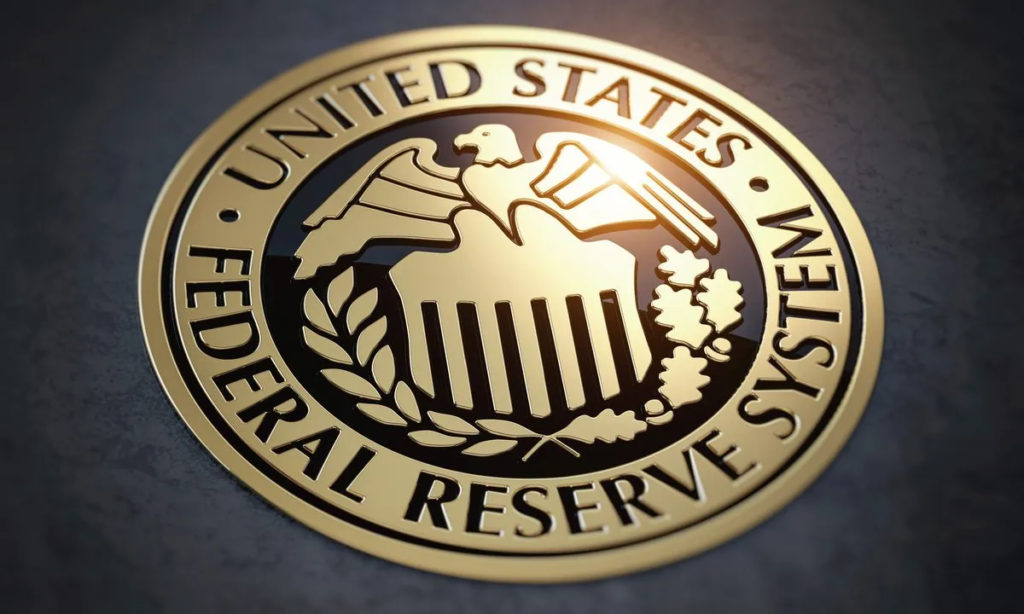Central Banks
As central banks across the globe grapple with shifting economic landscapes, their recent policy actions and forecasts reflect a broad array of strategies aimed at managing inflation and nurturing economic growth.
Federal Reserve and U.S. Economic Outlook: The Federal Reserve finds itself at a crossroads, with intense debate surrounding its approach to interest rate adjustments. Recent economic data, including a jobs report that fell short of expectations and ongoing challenges in controlling inflation, have intensified discussions about whether the Fed should adopt a more aggressive stance on rate cuts. Although inflation has been trending toward the Fed’s target of approximately 2% and borrowing costs remain elevated, the Fed is proceeding with caution.
Officials emphasize the critical need to avoid premature rate cuts, which could potentially reignite inflationary pressures. Fed Chair Jerome Powell and other officials have indicated that while there might be a need for rate reductions later in the year, the current economic indicators—such as robust GDP growth and strong hiring figures—support a more measured approach. The Fed’s caution reflects a broader concern about ensuring that any rate cuts do not undermine the progress made in stabilizing inflation.

Bank for International Settlements (BIS) Guidance: The Bank for International Settlements (BIS) has provided a cautionary note to central banks, urging them to exercise restraint when considering monetary policy easing. The BIS highlights the risks associated with prematurely lowering interest rates, which could reignite inflation and erode central bank credibility.
The BIS stresses the importance of maintaining high standards for policy adjustments to prevent exacerbating inflationary pressures or necessitating costly policy reversals. Moreover, it points out vulnerabilities within the financial system, such as high levels of public debt and declining commercial property values, which could pose significant risks to economic stability. The BIS’s guidance underscores the delicate balance central banks must strike between fostering growth and safeguarding against potential financial instability.

Market Expectations and Bond Investors: Bond investors are currently adjusting their expectations for U.S. interest rate cuts, with some economists forecasting more substantial reductions due to anticipated economic downturns. Joseph Capurso of Commonwealth Bank suggests that the market might be underestimating the extent of rate cuts required, given the expected recessionary pressures. Meanwhile, other forecasts, such as those from the National Australia Bank (NAB) and ANZ, propose more moderate cuts based on current inflation levels and historical patterns.
Market predictions indicate that the Fed might implement over 200 basis points of rate cuts by the end of 2025, with some experts suggesting that cuts could start as early as May next year. This reflects a growing belief that the Fed will need to respond more aggressively to economic challenges, despite the current strong economic indicators.

Bank of Canada’s Policy Changes: In Canada, the Bank of Canada has made notable adjustments to its monetary policy by cutting its main interest rate for the third consecutive time, reducing it by a quarter point to 4.25%. This recent move highlights the central bank’s increasing concern about economic weakness and the potential risk of inflation decelerating too rapidly. Following a period of aggressive rate hikes aimed at combating high inflation, the Bank of Canada is now shifting its focus toward stimulating private-sector activity through these rate reductions. This policy change reflects a broader strategy to support economic growth amid concerns about a weakening economy.
Global Implications and Trends: The Federal Reserve’s decisions have far-reaching implications for global monetary policy. Anticipated rate cuts by the Fed could influence other central banks, such as the Reserve Bank of Australia (RBA), to consider their own rate adjustments. Analysts suggest that while the RBA may eventually align with the Fed’s policy direction, the timing and extent of such actions will be contingent on domestic economic conditions. The interplay between the Fed’s policies and those of other central banks will be crucial in shaping global financial markets and economic forecasts.

In summary, central banks around the world are navigating a complex landscape, balancing the dual objectives of controlling inflation and supporting economic growth. The Federal Reserve is weighing the potential benefits of rate cuts against the risk of renewed inflation, while the Bank of Canada is focusing on revitalizing its economy after a period of aggressive rate increases. As global economic conditions evolve, the interactions between these central bank policies will continue to influence financial markets, economic stability, and growth prospects worldwide.
Related Links:
U.S. Charges 5 Hamas Leaders in Brutal Oct. 7 Attack on Israel
US Boldly Seizes Nicolás Maduro’s Plane After 18-Month Operation
Is J.D. Vance Trump’s Top Choice for the 2024 Election?
Iraq: U.S. Strikes at ISIS, Eliminating 15
US Expands STEM Work Authorization to 3 Years
Trump Biopic to release Pre-Election: 5 Provocative Highlights
OpenAI and Anthropic Empower U.S. AI Institute to Test 3 Models
